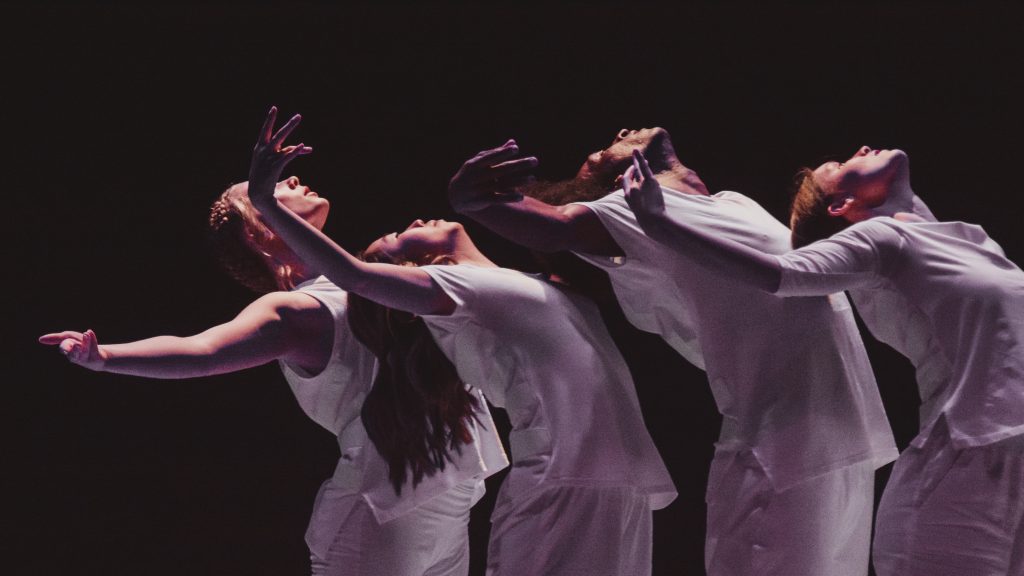
Chrys Weedon | Entertainment Editor
Often, liberal arts colleges and universities are privileged environments; when it comes to the creative atmosphere they foster, they can promote critical discussions on important topics, and allow traditionally underrepresented voices to be heard and appreciated. Continuing this trend can be quite difficult as our generation transitions into the “real world” — a world in which white, male, cisgender voices are often still held up as the standard.
Americansforthearts.org states on their website, “We must all hold ourselves accountable, because acknowledging and challenging our inequities and working in partnership is how we will make change happen.” Holding ourselves accountable can start by analysing the kinds of art we ingest. People should go through the music they have on their phone or computer. How many straight white males’ music is downloaded? The same should be considered with literature and art collections. What types of perspectives dominate?
“I believe students need to see people like them doing the things that they want to do,” commented art professor Paula Booth in regards to the way diversity can be reflected through this creative outlet. Representation through this medium is a way to help all students feel included, and to give a voice to the underrepresented.
Booth goes on to add that “people need to understand that art is not just something that was made by white men a couple hundred years ago, which is often what we’re taught.” To get a deeper comprehension of this concept, students can benefit from being mindful about what they choose to expose themselves to, especially when it goes against what they might have been taught growing up.
“When we’re exposed to other people’s cultures… we become more compassionate, we have greater empathy, we express our curiosity,” stated Catherine Ndungo-Case, the founder of the Cheza Nami organization. According to chezanami.org, the goal of this organization is to “promote cultural education and diversity awareness.”
Of course, being perfect is not the goal here. Rather, the goal in ensuring diversity in the arts is to become more well-rounded individuals and to give a platform to the underrepresented. This can be achieved by looking at the literature, the art, the theater, and the visual content absorbed by most on a daily basis — by making an effort to surround ourselves with perspectives that aren’t our default.
Contact the author at howlentertainment@wou.edu
Photo courtesy of Paul F. Davis

